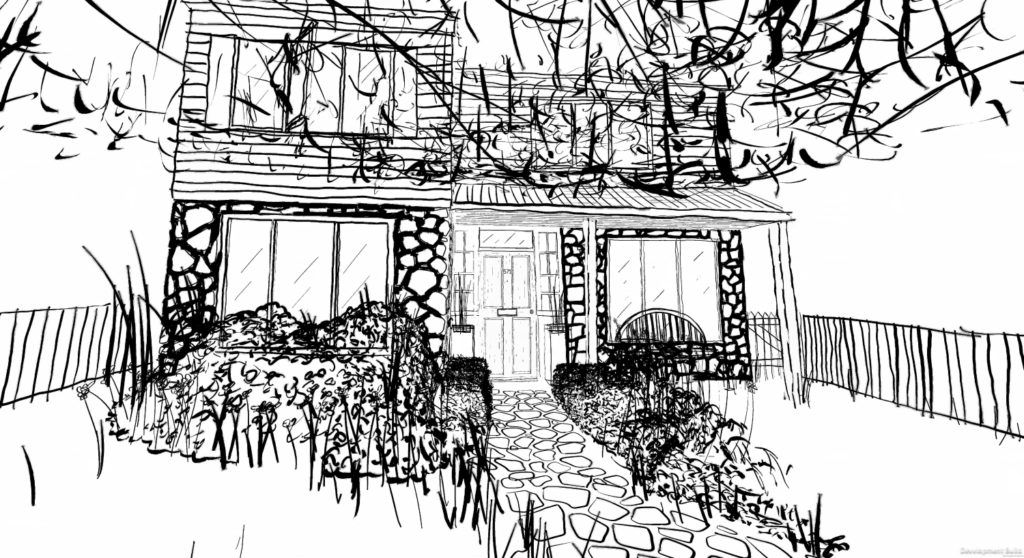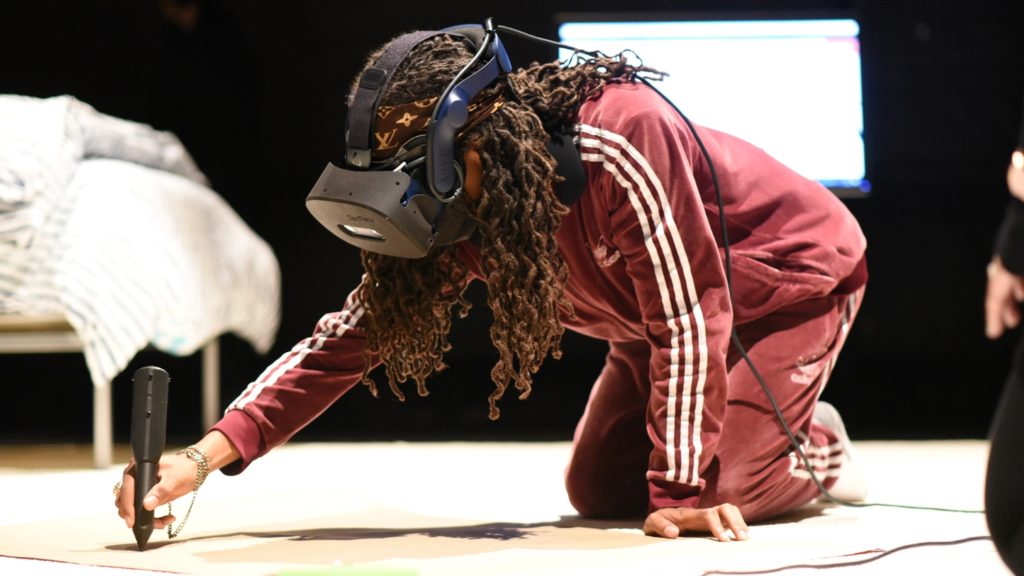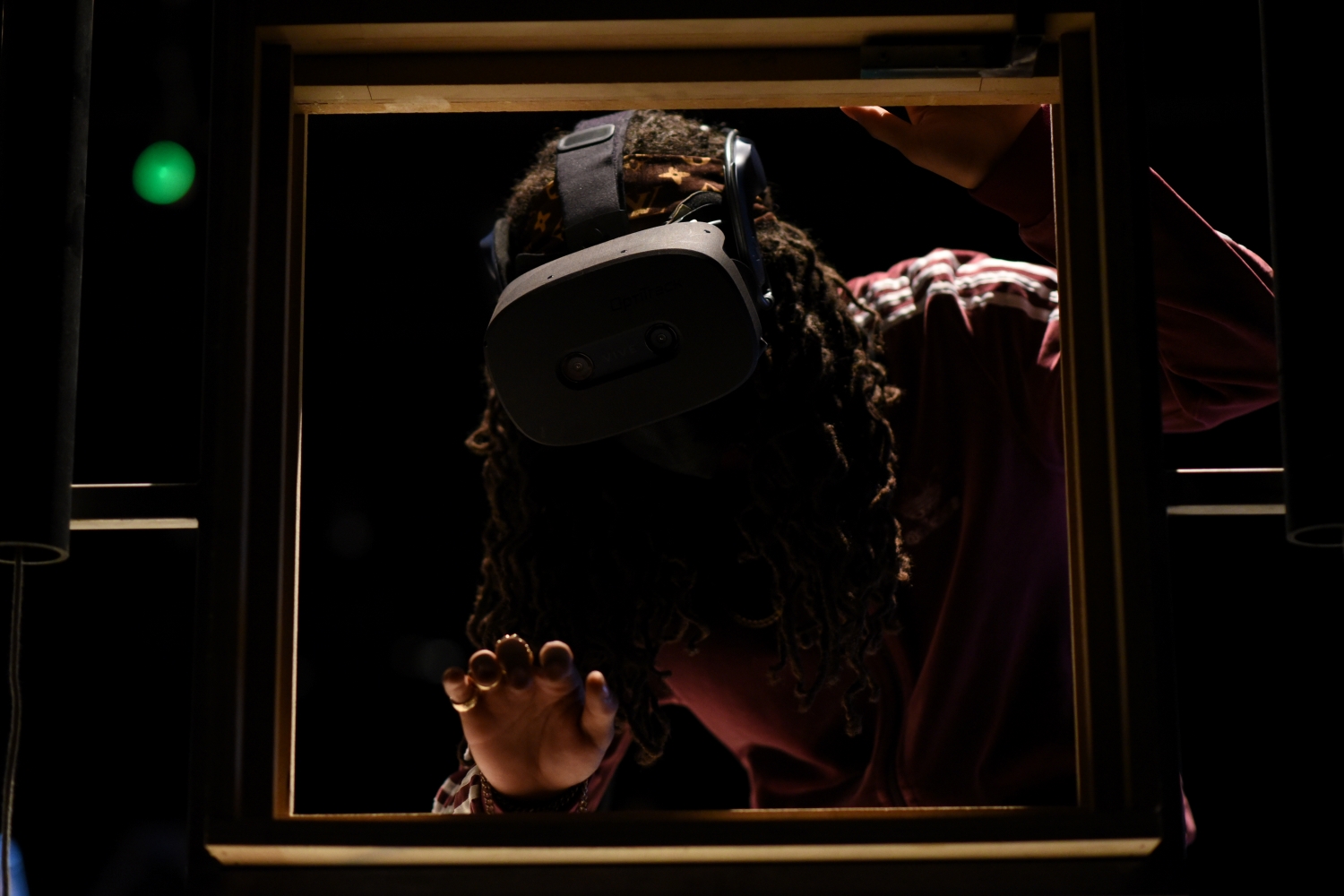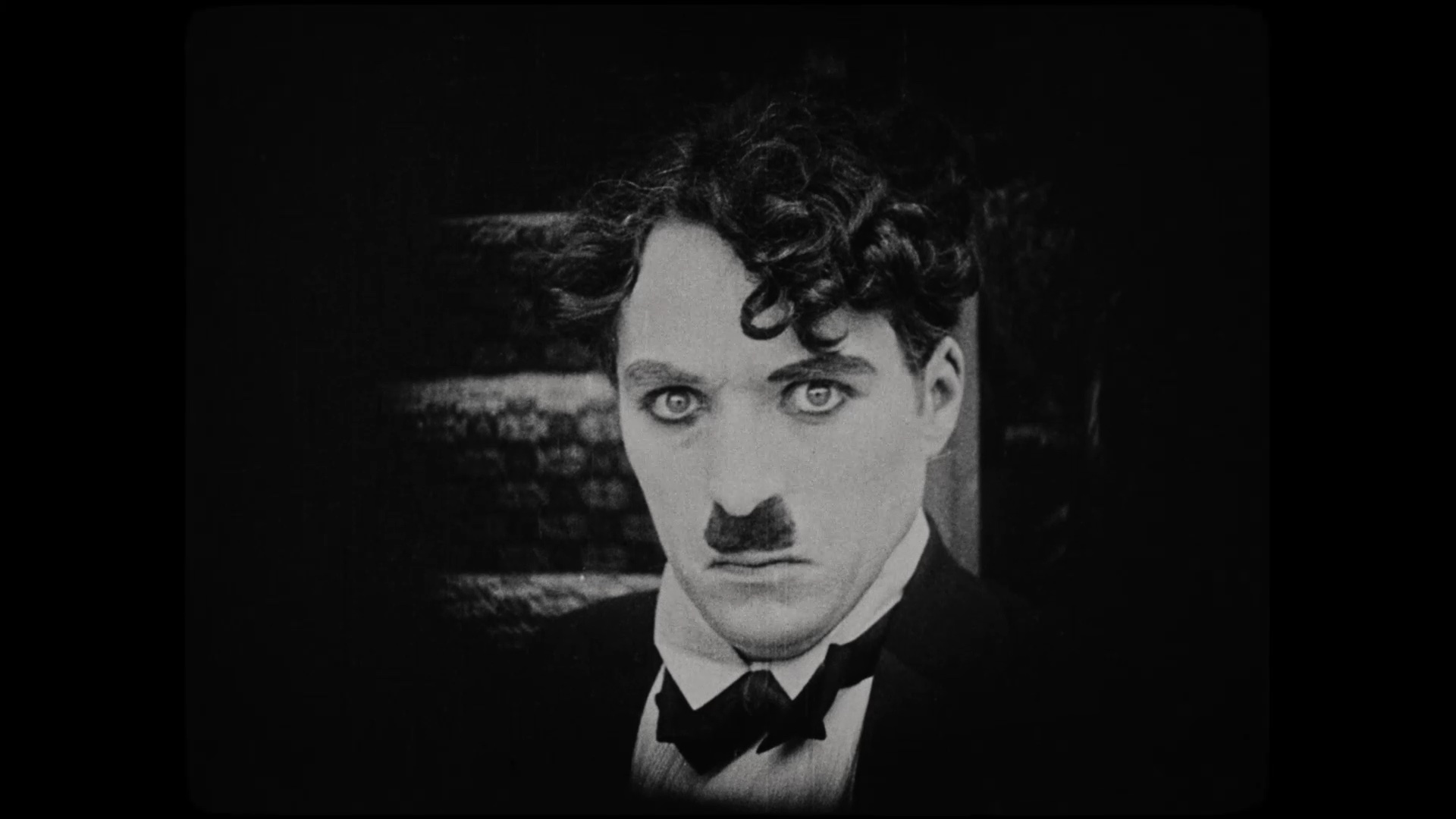Draw Me Close is a disarmingly intimate experience. Jordan Tannahill’s virtual reality work/performance piece recently wrapped a run at Toronto’s Soulpepper Theatre. This NFB co-pro was, admittedly, the first time that this critic has ever tried VR. Draw Me Close was also one of the first live events I’ve attended amid COVID re-openings aside from movie screenings (I usually go during off hours or to sparsely attended morning press screenings). It was also the first real contact I’ve had with a complete stranger since the pandemic began. This equal mix of curiosity, trepidation, and jitters ultimately set the stage for a transformative evening.
In all honesty, I’ve never quite experienced something like Draw Me Close. It’s an immersive workshop about the power of intimate relationships. The piece invites users to strap on a VR headset and enter Tannahill’s world. The playwright narrates the story in his calming voice as one opens the door to Tannahill’s childhood home. The house appears as a sketch of black marker strokes across a blank white canvas. Illustrations by Teva Harrison gradually paint the home from Tannahill’s memory in sparse strokes. The image populates as one scans the environment. A bed appears, a window arises, and posters adorn the walls. Take it all in and familiarise yourself with the home before it changes
Mother Tannahill
Then a woman enters. It’s Tannahill’s mother. She greets a user with warmth, but quickly remarks about Jordan’s smelly socks and asks if you can open a window. (Hopefully, this line is scripted and not improvisation.)
Admittedly, my first moments in close proximity to the actor inspired a rush of panic. Unsure how hard to breathe (everyone was masked) and what to do with my hands, I needed a few seconds to recover and consciously forget the impersonal shielding protocols of the COVID-19 age. Thanks to the warm and reassuring presence of Jordan’s mother, and the obvious comfort in Tannahill’s voice as he speaks of her, Draw Me Close almost doubles as an exercise in opening oneself up to new people.

Mother Tannahill then invites Jordan to draw something. She unrolls some paper and hands the user a marker. Bright vibrant swathes of colour fill the page as a user sketches. The mother, played by Caroline Gills during my performance but alternately played by Maggie Huculak, asks questions and offers direction. Listen to her carefully and follow the line prompts. The interaction helps one build a relationship with Jordan’s mother and to blend his experience with one’s own by creating new memories that are intimately linked with the space of the Tannahill home.
The voices then prompt one to Jordan’s bed. After tucking Jordan in, the mother asks the user if they’d like a bedtime story or a song. As she sings “Wild Mountain Thyme,” the room—and Jordan’s world—transforms as he ages. (The user in the subsequent performance also chose a song.)
Seasons of Change
Draw Me Close observes as the seasons change and Jordan grows older. The project witnesses the changing years by observing Tannahill’s mother. Users get to interact with the environment: opening a window and looking out (I banged my headset on the window frame) or sitting with the mother at the kitchen table as she sketches in her art book.
Moreover, the half-hour experience lets one connect intimately with the performer. It builds a relationship in ways that one never could in conventional film or theatre. As the actor, Gills in my case, works through the mother’s story at close proximity, Draw Me Close invites one to fill in the blank canvas with one’s own childhood memories. The conceit is effective as Tannahill’s narration guides the user to share his love and admiration for his mother.
Letting the user be the playwright’s surrogate, Draw Me Close lets one experience remarkable emotional vulnerability. It’s a moving journey through love, loss, and grief.

Part Two: A Peek Behind the Curtain
The second half of Draw Me Close lets users remove the headset and observe the project in action.
One sees the stagehands working covertly with monitors to troubleshoot the technical aspects and follow the user to ensure that wires don’t trip or tangle them. Users are encouraged to move around the stage throughout the performance, and this reviewer suggests tiptoe-ing around at all times. Getting a 360° view of the execution of the performance is just as good as the immersive VR experience.
It’s particularly rewarding to take this half of Draw Me Close as a theatrical performance. Gills’ performance is remarkable. Working with a motion capture suit, like something Andy Serkis might wear playing King Kong, she gives a turn of great physical restraint while opening up the emotional world of Tannahill’s memory bank (and the user’s) through her reassuring presence. The emotional immediacy of the performance is as essential to the execution of Draw Me Close as the technical wizardry.
This part of the experience might appeal more to industry types than to general audiences. However, it’s an essential component of the odyssey. It highlights both the technical craft and skill. Although conceived long before COVID, Draw Me Close is a powerful journey through the lost art of human connection.
Draw Me Close ran at the Young Centre for the Performance Arts through to Dec. 12.













